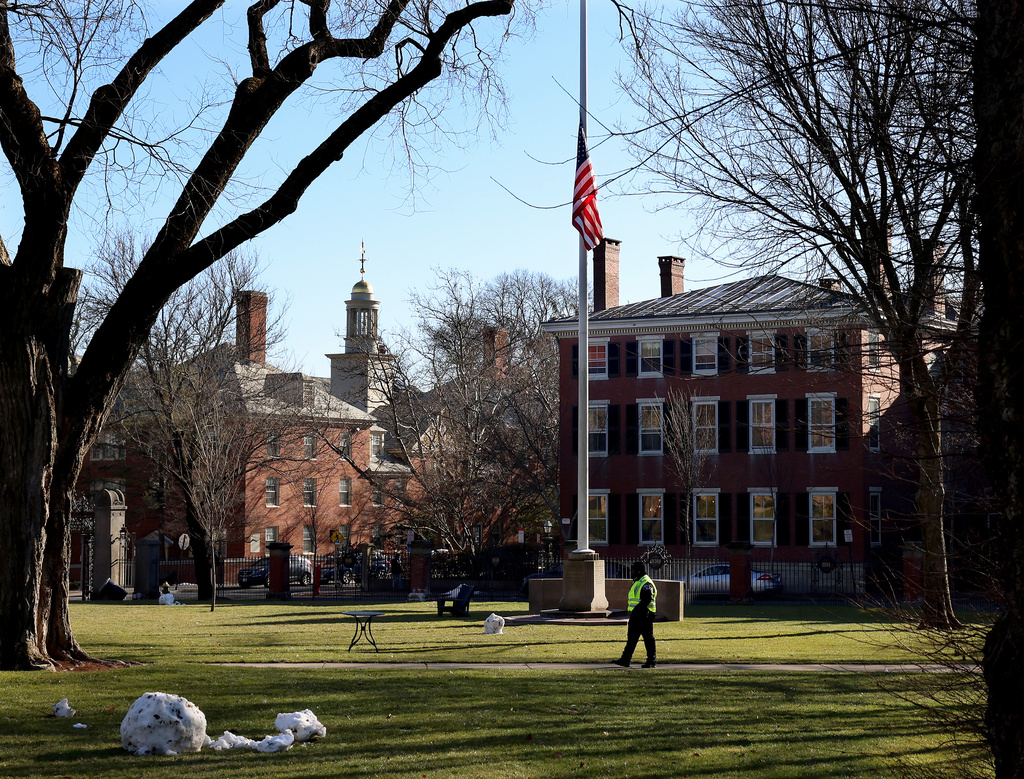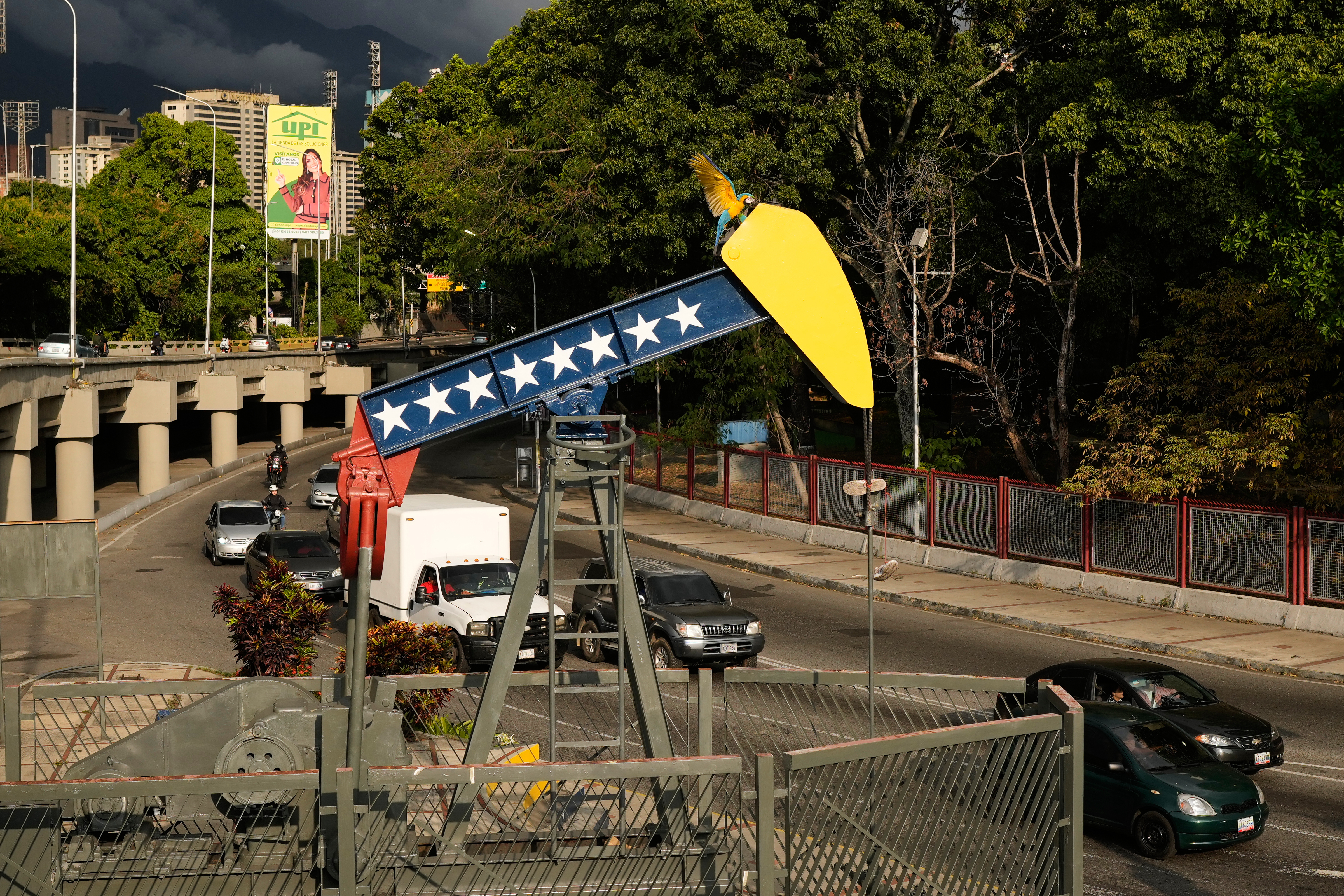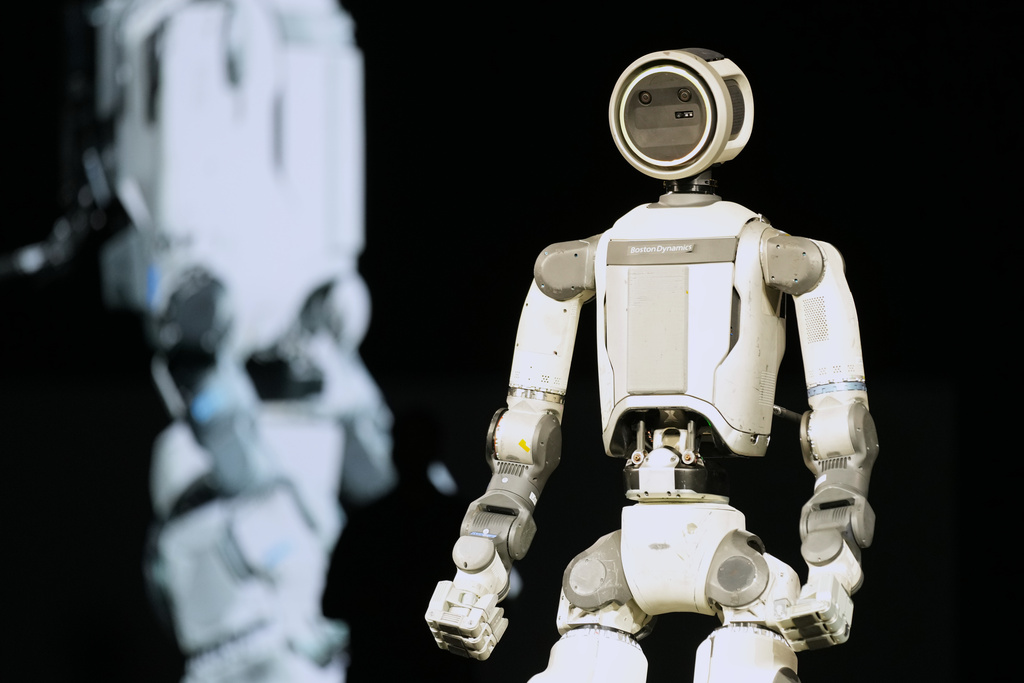Satellites are great for tracking wildfires. But there aren't many satellites, and they aren't always where they need to be.
That's starting to change, though, thanks to big advances in tiny space technology.
It's becoming more cost-effective to develop and launch swarms of smaller sensors into space. They aren't always as high-resolution as the cameras on bigger satellites, but for firefighting, it's more important they be in the right place at the right time.
And the more cameras there are in space, the faster firefighters can see what's happening on Earth. Canadian fire agencies, for example, use images from more than 100 tiny, privately operated satellites from Planet Labs. Enough of them are in orbit that firefighters can pinpoint where a fire is and how it's growing within a day of it starting.
The U.S. uses images from just two satellites to build its fire maps. The satellites can capture an image of the entire globe every day. But with fewer cameras, it's less likely they'll be overhead when a fire starts. It could be hours before one of the satellites spots trouble.
So NASA's Jet Propulsion Laboratory is working with California companies to bolt tiny thermal sensors onto a bunch of different satellites. More and smaller sensors will make finding fires a lot faster.
When the full network is in place in 2018, JPL expects it could spot a new fire in as little as 15 minutes and beam down updates on the fire's progress every minute.




 Maybe We Should Just Let Wildfires Burn
Maybe We Should Just Let Wildfires Burn






